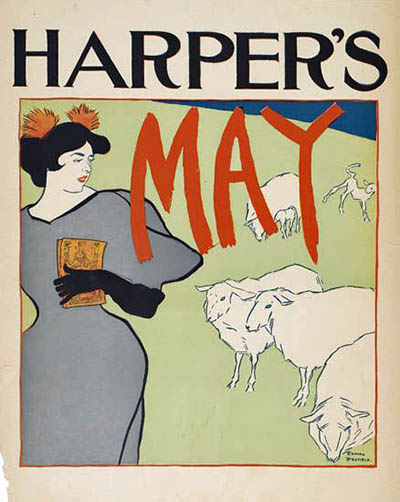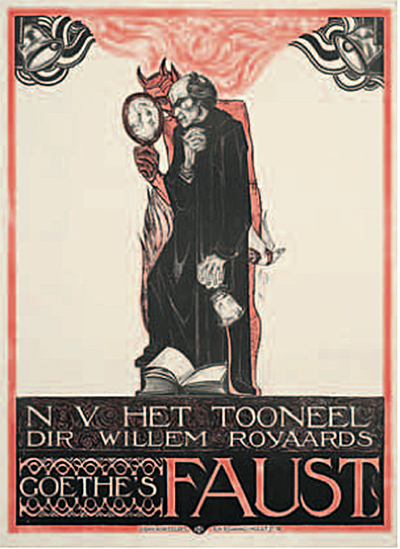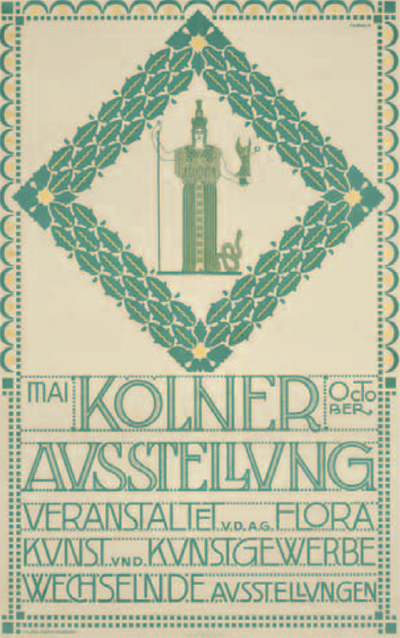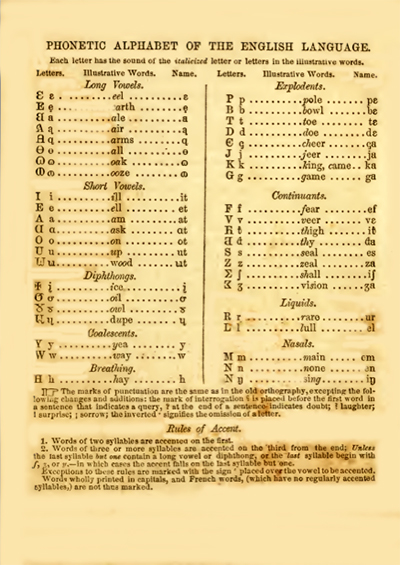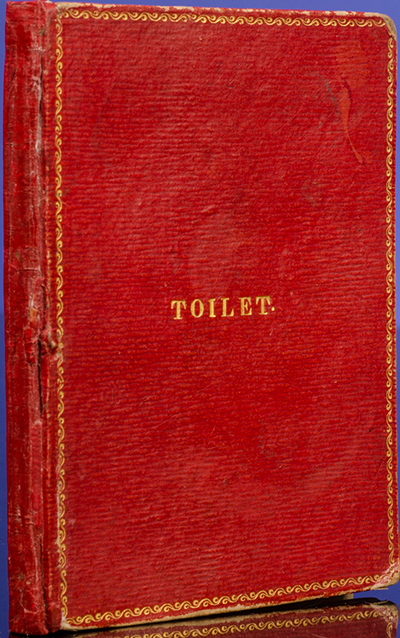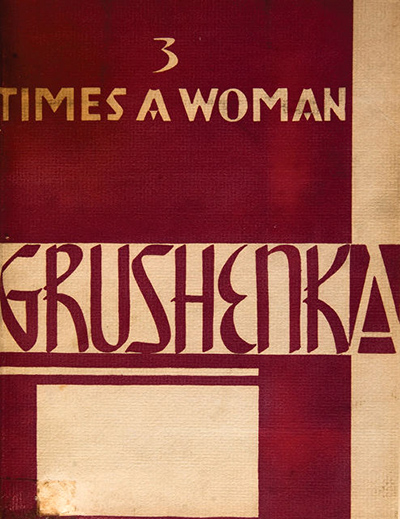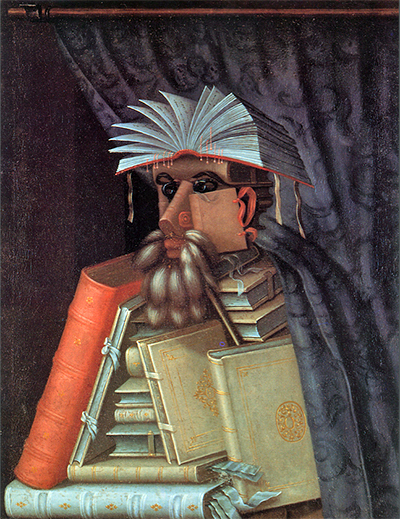by Stephen J. GertzIt is an anonymously written erotic novel privately printed in 1933 in Dijon, France but it's not Fifty Shades of Grey Poupon.
It is “the story of a Russian serf girl compiled from contemporary documents in the Russian Police files and private archives of Russian Libraries” (title page) translated from the original Russian but it's not Serfer Girl by The Boyar Boys.
It is
Grushenka - Three Times A Woman.
A promotional insert teasing the book is sometimes found in copies of this scarce volume in its first edition. It tells quite a story. It's a doozy:
"'A Russian Woman is Three Times A Woman' - Old Russian Proverb
Announcing the arrival from Paris of the
Second and Final Shipment of 150 Copies
of
Three Times A Woman - 'Grushenka'Publication: Published in Paris in January 1933. Printed in Dijon, France. Discovered in Russia and sponsored by a well-to-do American literary man residing in Paris.
Format: A beautiful example of modern European book making. A large book, 7x9 inches (more than 80,000 words). A type page of finest proportions and clarity. Cover completely decorated in bold modernistic mode.
Illustrations: Seven full page wash drawings in half-tone reproduction, which, in the modern manner, "bleed" off the page. The drawings are the work of a young Parisian Russian and no higher praise can be said of them than that they do justice to the text.
The Book: At last a book which answers the complaint that erotic books "are all alike." A unique contribution in that its literary qualities are of the first order, while its material and the stark truthfulness of its presentation, is beyond any book of its kind now available. (See excerpt from sponsor's foreword following).
Ordinary erotic literature, as we know it in Europe and America, finds no place in the Soviet scheme of things. Such pornographia as 'The Memoirs of Fanny Hill,' 'The Scented Garden,' 'The Autobiography of a Flea,' mere Sunday school tracts as compared with 'Grushenka,' are vigorously forbidden. Yet 'Grushenka,' than which I know nothing more pornographically obscene, while not officially sponsored by the Soviet authorities, is not seriously frowned upon. The reason for this, of course, is Grushenka's indubitable propaganda value. So authentic an exposé if the unspeakable abuses, the utter licentiousness of Czarist Russia cannot be ignored.
Nor can 'Grushenka' be ignored from a literary view point. Unlike any other book of its kind, we find here a genuine sense of character and its development. Not only is the serf girl Grushenka's mental-emotional growth recorded, but changes in her body from year to year are described with minute care. Sexual experiences and abuses are related as we know they must have happened, not as we might with they had happened, This astounding truthfulness, this sincerity, this non-romanticism is devastating. Add to it a narrative gift which never lets down and a rich background of the social mores of the time and we find ourselves face to face with literature.
'Grushenka' was called to my attention in Moscow among a small group of artist-intellectuals who took it upon themselves to provide me with those conveniences and convivialities which a man of my temperament finds necessary to matter what the political philosophy of the state in which he finds himself. My knowledge of Russian is rudimentary and it was not until I met Tania that I was able to get any real inking of the work. So intrigued was I by this taste that forthwith Tania and I joined in a labour of love to set 'Grushenka' into English. The experience was highly educational for both of us, I flatter myself. Six months later I returned to my Paris apartment with the English manuscript of 'Grushenka.'
My decision to publish 'Grushenka' was made when one of my old friends, a seafaring man of literary inclinations, undertook the delicate task of transporting the printed volumes into England and America. My professional publishing connections in both countries put me in contact with reliable sub-rosa channels of distribution.
What financial gain results from this venture I shall send on to Tania. Being who she is, an emancipated woman of Red Russia, she will give the money to a communal nursery or to a research worker in birth control. Both worthy causes.
Go forth then 'Grushenka' to your English speaking readers. May you be a brief for the U.S.S.R., an explanatory voice for Tania, in addition to literature. May your new audience find you as vivid and thrilling as I did in your translation.
J.D.
Paris, January 2nd, 1933."
Grushenka wasn't printed in Dijon; the closest the printer got to Dijon was when he went to d'bathroom. It is certainly not based upon secret Russian police files, and it was definitely not translated from a 19th century Russian erotic novel.
Grushenka is, in fact, an American original-in-English pastishe published in New York City, and the anonymous writer and publisher are fascinating characters.
According to the rumors, Grushenka was written by the famed B-movie producer-writer of the 1940’s classic films, Cat People, Curse of the Cat People, I Walked With A Zombie, and The Body Snatcher.
An enormous amount has been written regarding the “Russian” origins of this erotic classic chock-a-block with prostitution, sadism and the knout, written, all agree, by someone familiar with Russia but with with lapses in knowledge of Russian customs and folklore. The rumors are true;
Val Lewton wrote it. How do we know for sure?
Lewton was born Vladimir Ivan Leventon in 1904 in the Russian port city of Yalta on the Crimea. The family moved to Berlin to be close to his widowed mother’s sister, the silent screen actress,
Alla Nazimova. To the U.S. in 1909. He spoke and wrote Russian. He began his career as writer of very low-paying detective, exotic adventure, sultry-woman-on-the-skids Depression pulp fiction, one of his eight books being
The Sword of the Cossack (London: John Hamilton, 1932), a historical novel set in Russia. During this time he was desperate for money to support his wife and children, an ideal motivation to write quick-buck porn. He admits to writing anything that would exploit his writing talent. He knew Russia but left at an early age; the book is filled with utter nonsense regarding Russian mores and customs and many historical inaccuracies, much like
The Sword of the Cossack, but possesses enough verisimilitude to suggest authenticity.
Grushenka fits within Lewton's chosen theme for his novels; it's a sultry-serf-girl-on-the-skids tale.
The circumstantial evidence for Lewton's authorship is very strong. The direct evidence nails it, a self-written list of credits compiled by Lewton in 1937 that appears at the end of Joel E. Siegal’s definitive biography,
The Reality of Terror (NY: Viking, 1973). Under the subtitle, Pornographic Novels, he lists as his own one
Yasmine (“this is said to be one of the most beautifully illustrated books ever published and retails for $75.”). There are, apparently, no copies of
Yasmine extant; nobody seems to have ever seen one. All copies appear to have been destroyed by the police.
And there on Lewton's list, under
Yasmine, is
Grushenka. Lewton wrote, “I edited the translation from the Russian. I have a beautiful picture of this book taken from the N.Y. Daily Mirror showing it being shoveled into the Police Department furnace.” Given Lewton's background and the fact that
Grushenka is not a translation, this smacks of pride of authorship. There is no doubt. Lewton wrote it.
Who published it? According to sexual folklorist, G. Legman, who was intimately involved in the trade in clandestine erotica during the 1930s and 1940s, and the
Kinsey Library, Percy Shostac was the publisher. Who he?
Percy Shostac (1892-1968) was a New York City actor, stage manager, poet, playwright, and novelist originally from the Mid-West. "Percy Shostac could have lived in Chicago or San Francisco, and the content of his novel would have been much the same. But he lived in the vicinity of Tammany Hall and the benches of Union Square, New York, and therefore entitled his volume "14th Street." It is impossible to call it a novel and yet it is endowed with the imaginative richness associated with the novel form; neither is it completely an autobiography, except that the author has made unmistakable references to his own life. The conflict is represented by the clash between his Jewishness and his outer surroundings" (Review of 14th Street by Percy Shostac, Simon and Schuster, 1930, in the Jewish Criterion July 18, 1930).
"Poet Shostac has less to say about Manhattan's 14th St. than about himself. He writes this segment of autobiography in unrhymed, uneven lines that read well and easily. Not particularly quotable, never reaching a high poetic plane, never distinguishing between the vocabulary of poetry & prose, his novel in verse has considerable cumulative effect" (Time, July 7, 1930).
Shostac also wrote
The World's Illusion, a dramatization of Jacob Wasserman's novel, a manuscript without date;
Abelard and Heloise, a one-act play (1915), and
The Strength of the Weak, a psychological melodrama in three acts (1919).
Active as a stage manager beginning in 1917, he managed
The Captive (1926), a play that critics felt was a corrupting influence on feminine morals and thus won the attention of the authorities. Yet "by January 1927 The Captive was being praised for its enormous 'social value,' its effectiveness in 'educating' sexually impressionable young women. Far from glamorizing lesbian attachments, the play's defenders now argued, The Captive vividly warned against them… Stage manager Percy Shostac explained to the press that many girls in the audience has been sent in detachments from boarding schools and all-female colleges, and that Helen Menken [the star] had 'received several notes from women educators in the audience, deans of women's colleges and finishing schools, who said were already concerned with the necessity of impressing the girls in their charge with the dangers of a reprehensible attachment between two women.' The play, he argued, filled exactly that need" (Hamilton,
When I'm Bad, I'm Better: Mae West, Sex, and American Entertainment, p. 99).
Stage and screen actor
Basil Rathbone was a friend of Shostac's. They performed together in the romantic comedy,
Love Is Like That by S.N. Behrman and Kenyon Nicholson, which ran for twenty-seven performances on Broadway in 1927. Rathbone played Prince Vladimir Dubriski, and exiled Russian who is actually a valet with social ambitions. Shostac portrayed Grigori, who, it seems, was Prince Vladimir's valet.
Rathbone performed in the aforementioned The Captive, a drama in three acts adapted by Arthur Hornblow, Jr., from "La Prisonnière" by Edouard Bourdet which opened at the Empire Theatre, New York City, September 29, 1926, and ran for 160 performances. In his autobiography, In and Out of Character (1962), he wrote of The Captive and Shostac:
"And now to share with you the last act of this hideous betrayal, this most infamous example of the imposition of political censorship on a democratic society ever known in the history of responsible creative theater; this cold-blooded unscrupulous sabotage of an important contemporary work of art; this cheap political expedient to gain votes by humiliating and despoiling the right of public opinion to express and act upon its considered judgment as respected and respectable citizens.
"A few days after the closing of the play we were ordered to appear at a downtown court…Our predicament has now become a case célèbre. We were headline news in every newspaper…"
After recalling the heart-rending testimony of the play's ingenue, Ann Trevor, Rathbone continues:
"His honor was obviously touched by this genuine and most appealing outburst, which was followed immediately by a cold and most incisive statement of his case by our stage manager, Percy Shostac. 'Your honor,' he said, in effect, 'I will not betray the principles by which I endeavor ro live. This is not an evil play, it is not even a harmful play. It is a great play which is saying something extremely important to our present-day society.. Something they need to know about, recognize and act upon. I will under no circumstances desert this production of Monseiur Bourdet's The Captive, even if it should mean that I spend the rest of my life in prison!'
"Ann Trevor and Percy Shostac - two gallant 'little people' unafraid to stand up in defense of their considered judgments and convictions - worthy descendants of the forefathers of this great country."
(Rathbone, a fine actor, was strictly ham on paper, projecting to readers in the balcony).
Shostac had experience with sexually-themed drama and censorship. Why he began to clandestinely publish erotica is likely due to his sympathies and the same reason Lewton wrote Grushenka. It was the depths of the Depression and a man did what he had to do to earn a buck. If he seemed hypocritical, condemning a variety of female sexual behavior then later publishing illegal erotica celebrating female licentousness, he wasn't. He was merely offering an early version of "redeeming social value" to offset the titillation on stage. Sex sells, he knew how to spin, and, as the promo sheet for Grushenka proves, he was a gifted huckster and publicist.
Shostac drifted out of poetry, novels, the theater, and publishing. What next for the man who, after stage managing The Captive, in addition to Grushenka also clandestinely published the erotic novels The Abduction of Edith Martin (1930); The Imitation of Sappho (1930); Crimson Hairs (1934); The Prodigal Virgin (1935), and quite likely (but not certainly) any erotic novel in English from the 1930s with the false imprint, "Dijon, France"?
In 1939 Percy Shostac was a member of the WPA Federal Writer's Project. During the 1940s he was a consultant, publicist, and author for the American Social Hygiene Association of New York and Chicago, in 1944 writing Industry vs. VD. His next appearance on the radar screen is in a story found in the Village Voice, Oct. 17, 1956. He has turned his hobby of fashioning "weird, gnarled tree roots" into lamp stands into a business with a shop on Grove Street in Greenwich Village.
The first edition of Grushenka was graced with seven illustrations by "Kyu," an artist who was not "a young Parisian Russian" living in Paris. The Kinsey Library surmises that "Kyu" was an alternate pseudonym for the better-known pseudonymous artist, Jacques Merde (!), né William Bernhardt, who illustrated some of Shostac's other sub-rosa publications. Stylistic comparison strongly suggests that Kyu and Jacques Merde/William Bernhardt were one and the same person.
Val Lewton, after his exploits into erotica, became
David O. Selznick’s story editor in Hollywood. In an interesting, little known aside, he wrote (uncredited) the renowned Richmond train station scene in
Gone With The Wind where the extent of Confederate wounded and dead is dramatically revealed via an expensive crane-shot pull-back.
In a sequence in Vincent Minnelli’s film
The Bad and the Beautiful (1952), the lead character, Jonathan, is depicted producing horror movies so low budget that suggestion, shadow, sound and suspense must be used in lieu of special make-up and film effects. That sequence in Jonathan's career is based upon Lewton’s experience and unlikely success at RKO from 1942-1946 with
The Cat People, etc. The bad and the beautiful in bondage succinctly sums up
Grushenka.
"A Russian Woman is Three Times A Woman" is a non-existent "Old Russian Proverb." However, "She's once, twice, three times a lady" is an old American proverb firmly attributed to
Lionel Richie of
The Commodores.
__________
__________








